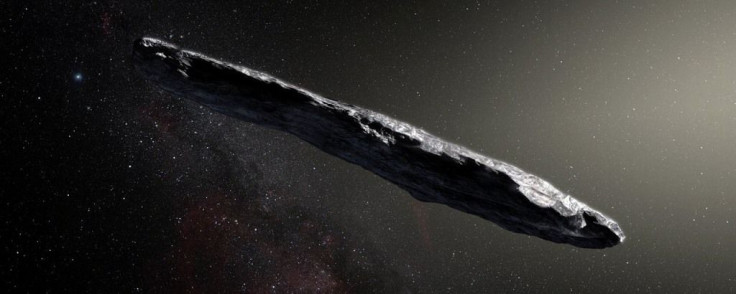853-Foot Potential Killer Asteroid To Skim Earth This Friday

NASA has detected a potentially hazardous asteroid (PHA) that’s currently headed for Earth. According to the agency’s Center for Near Earth Object Studies (CNEOS), the approaching asteroid is bigger than the towers of the Golden Gate Bridge.
The approaching asteroid has been identified by CNEOS as 504800 (2010 CO1). As indicated in the agency’s database, this asteroid is currently traveling at a speed of 32,122 miles per hour. CNEOS estimated that it has a diameter of 853 feet.
According to CNEOS, 504800 (2010 CO1) is expected to approach Earth on Sept. 13 at 11:42 pm EDT. During this time, the asteroid will be about 0.03561 astronomical units or roughly 3.3 million miles from the planet’s center.
CNEOS classified 504800 (2010 CO1) as an Apollo asteroid. Like other asteroids that belong to this family, 504800 (2010 CO1) has a very wide orbit that covers both the Sun and the Earth. Occasionally, the asteroid’s orbit crosses that of Earth as it goes around the giant star.
Due to the space rock’s close intersections with Earth’s orbit, it has been labeled by CNEOS as a potentially hazardous asteroid.
“Potentially hazardous asteroids are currently defined based on parameters that measure the asteroid’s potential to make threatening close approaches to the Earth,” CNEOS explained in a statement.
“Specifically, all asteroids with a minimum orbit intersection distance of 0.05 astronomical units or less and an absolute magnitude of 22.0 or less are considered PHAs,” the agency added.
504800 (2010 CO1) was first observed on Jan. 31, 2010. According to CNEOS’ records of the asteroid’s near-Earth approaches, 504800 (2010 CO1) visits the planet’s neighborhood on almost a yearly basis.
On Sept. 11, 2018, the asteroid approached the planet from a distance of 0.08076 astronomical units or around 7.5 million miles away. After this week’s visit, 504800 (2010 CO1)’s next near-Earth approach will occur on Sept. 16, 2020. During this time, the asteroid is expected to approach the planet from a much farther distance. According to CNEOS, the asteroid will fly past Earth from a distance of 0.14163 astronomical units or around 13 million miles away on its future visit.
© Copyright IBTimes 2025. All rights reserved.





















